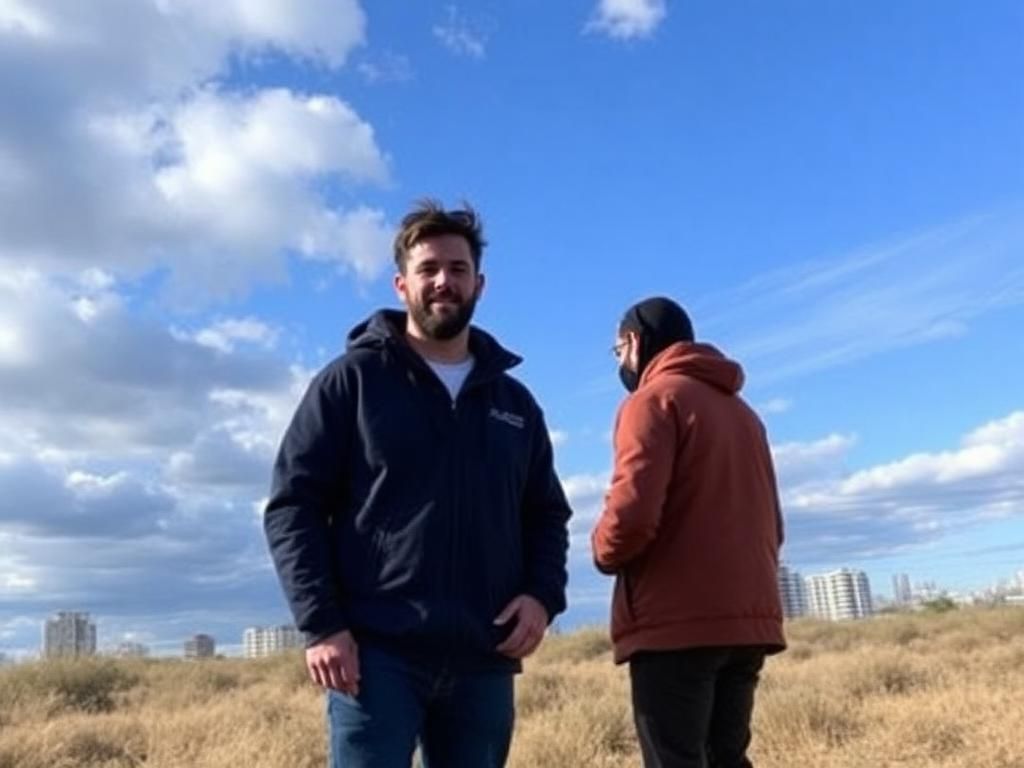Austin Harrouff’s case is a chilling saga that has captivated the public’s attention and revealed profound implications about mental health and crime within the justice system. Known for the unfortunate events that transpired in 2016, Harrouff’s story is not merely an isolated incident; it speaks to the myriad complexities that surround mental health, public perception, and the legal proceedings involved in such a high-profile case. This article delves deeply into the life, actions, and repercussions of Austin Harrouff, alongside various societal conversations it has ignited.
### Background of Austin Harrouff
#### Early Life
Born and raised in Florida, Austin Harrouff grew up in a suburban setting, where social pressures and academic expectations influenced his formative years. His family, while seemingly supportive, grappled with various challenges that may have impacted his development. Harrouff showed a penchant for creative outlets, including an interest in martial arts, but there were undercurrents of behavior that hinted at potential struggles with mental health.
#### Personality Traits
A critical understanding of Harrouff’s personality is necessary to comprehend the events that followed. Described by peers as socially awkward yet intelligent, he struggled to form lasting relationships. Many observers noted erratic behaviors, including episodes of anger and mood swings that may have suggested underlying mental health issues. These traits, coupled with peer interactions, raise critical questions about his well-being leading up to the incident.
### The Incident
#### Timeline of Events
On the fateful night of August 15, 2016, the community was rocked by a horrific crime that unfolded in Jupiter, Florida. The initial confrontation arose from a dispute, culminating in a violent attack against two victims, John Stevens and Michelle Mishcon, who were tragically murdered. Harrouff’s behavior during the incident was alarming; he was found by police allegedly consuming substances in a disoriented state.
#### Victims
John Stevens, 59, and his wife, Michelle Mishcon, 53 were the unsuspecting victims in this tragic event. Their lives were cut short due to a brutal attack that has left their families and the community devastated. The aftermath of this crime created a ripple effect, affecting close friends and family members and prompting discussions on community safety.
### Legal Proceedings
#### Arrest and Charges
Upon arrival at the crime scene, law enforcement found Austin Harrouff exhibiting suspicious behavior and arrested him on-site. The charges against him included two counts of first-degree murder and several other related offenses. His arrest spotlighted the complexities surrounding individuals with mental health issues in interactions with law enforcement.
#### Court Trials
The legal battles surrounding Harrouff involved numerous court hearings, which were laden with tension. Eyewitnesses recounted their experiences, and forensic evidence presented in court detailed the brutal nature of the crime. Harrouff’s demeanor throughout the proceedings raised eyebrows and led to further questions regarding his mental state at the time of the attacks.
#### Mental Health Evaluations
Evaluations by mental health professionals provided critical insights into Harrouff’s psyche. Reports indicated possible mental illness, leading to discussions about utilizing an insanity defense. The court needed to determine if he was competent to stand trial, setting the stage for prolonged legal debates.
### Media Coverage
#### Public Reception
The media’s portrayal of Austin Harrouff significantly influenced public perception. Sensational headlines and round-the-clock news coverage led to a blend of fear and fascination among viewers. Social media platforms buzzed with discussions and theories, amplifying the case’s notoriety, which often overshadowed the serious nature of the crime and its victims.
#### Documentaries and Features
In the years following the incident, various documentaries and articles emerged analyzing the case. Programs dissected the criminal acts while questioning the societal implications of mental health issues within the criminal justice system. These portrayals shaped public opinion and sparked dialogue about the need for systemic reform.
### Legal and Ethical Implications
#### Discussion of Mental Health in the Justice System
Harrouff’s case has highlighted the challenges faced by individuals with mental health issues in the justice system. The interactions between law enforcement and those with evident mental health concerns remain fraught with difficulties, necessitating a review of protocols surrounding mental health assessments.
#### Public Policy Considerations
Many advocates are calling for meaningful legal reforms that address mental health programs within the criminal justice framework. Harrouff’s case revitalizes discussions about how best to support mentally ill individuals during legal proceedings and minimize the likelihood of such tragedies in the future.
### Current Status
#### Where is Austin Harrouff Now?
As of now, Austin Harrouff remains in legal limbo, with an ongoing trial that continues to draw public interest. His current living conditions involve secure mental health facilities where assessments about his psychological state are periodically conducted.
#### Long-term Impacts
The repercussions of this crime extend far beyond the courtroom. Victims’ families continue to cope with their immense loss, while the community reflects on the events surrounding the case. There is a collective call for greater awareness regarding mental health issues and how they intersect with the legal system.
### Conclusion
The saga of Austin Harrouff intertwines various facets of societal concerns, from mental health awareness to judicial processes. It serves as a critical reminder of the importance of understanding the underlying issues that can lead to such devastating outcomes and the necessity of fostering a supportive environment for those struggling with mental challenges.
### FAQ
1. **Who is Austin Harrouff?**
Austin Harrouff is an individual accused of murdering two people in Florida in 2016.
2. **What was the nature of the crime committed by Harrouff?**
He was accused of killing John Stevens and Michelle Mishcon in a violent attack.
3. **Why is Harrouff’s case significant?**
It raises essential questions about mental health issues within the criminal justice system and societal perceptions.
4. **What are the current legal proceedings involving Austin Harrouff?**
He is still awaiting trial and undergoing mental health evaluations to determine his competency.
5. **How has the media portrayed Harrouff?**
The media coverage has been sensational, significantly influencing public perception and discussion.
6. **What is the status of the victims’ families?**
The families of the victims continue to mourn their loss and advocate for reforms in mental health awareness.
7. **Is there a discussion about mental health reform as a result of this case?**
Yes, many advocates are calling for legal reforms concerning mental health in the justice system.
8. **What has been the community response to the incident?**
The community has felt a profound sense of loss and actively discusses safety and mental health issues.
9. **Are there any documentaries covering Austin Harrouff’s case?**
Several documentaries and media features have explored the details of the case and its implications.
10. **What lessons can be drawn from the Austin Harrouff case?**
The case highlights the need for systemic changes regarding mental health support and proper integration within the legal framework.
| Key Aspects | Description |
|---|---|
| Incident Date | August 15, 2016 |
| Location | Jupiter, Florida |
| Victims | John Stevens, Michelle Mishcon |
| Charges Filed | Two counts of first-degree murder |
| Mental Health Assessments | Underwent multiple evaluations and discussions of insanity defense |
| Public Reaction | Sensational media coverage and significant social media discussion |
| Current Legal Status | Awaiting trial in a mental health facility |


